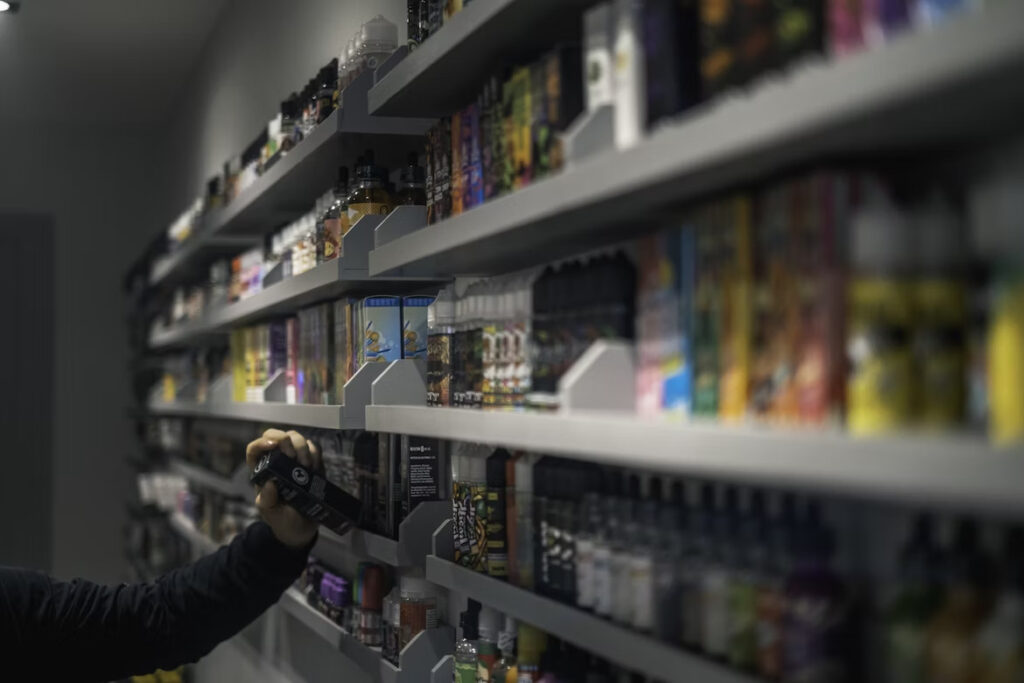Malaysia Is At A Crossroads: GEG Bill Will Determine The Wellbeing & Livelihoods Of Millions
The decisions made now will shape the health and well-being of generations to come.

Subscribe to our FREE Newsletter, or Telegram and WhatsApp channels for the latest stories and updates.
Malaysia’s experience with tobacco is rooted deeply in our past. For generations, smoking has been more than just a habit; it’s been a ritual, a social activity, and for many, a rite of passage.
However, as the world began to grapple with the undeniable health risks of smoking, there emerged an urgent need for a shift in behaviour.
The debate around smoking and vaping in Malaysia is stark. On one side: traditional cigarettes, are a known health hazard but deeply embedded in our culture. On the other, the rise of vaping products which according to some research, is a much safer alternative.
The Facts About Vaping

The global vape market is expected to grow to USD 182 billion by 2030. In Malaysia, the vape industry’s market value has increased by 53% in just four years and 1.4 million people inside the country use these devices.
According to the latest “Malaysian Vape Industry Study 2023,” around 31,000 people are employed by the vape industry.
What makes this particularly interesting is that this market exists — and has thrived — despite years of being illegal.
Yet the ban had effectively had the opposite effect. The industry has become a major contributor to income and consumer spending.
Regulation: The Urgent Imperative

The rapid rise of vaping has not been smooth. Stories of vape liquids causing health issues, unethical operators targeting youth, and the unchecked spread of vape shops in every nook and cranny of our community have raised red flags.
The solution, while complex, is evident: comprehensive regulation.
Crafting effective regulations is no easy task. It’s not just banning harmful substances in vape liquids or setting age limits.
It’s about understanding the nuances of the vaping culture, the motivations behind its adoption, and the challenges in its oversight.
From ensuring quality control, compliant distribution and responsible consumer education, the path to a regulated vape industry is layered.
Ambition and the Black Market: The GEG Conundrum

Enter the Control of Smoking Product for Public Health Bill 2023, with its ambitious Generational End Game (GEG) provision authored by the previous government.
Its aim: to create a smoke-free generation by prohibiting the sale of smoking products to those born after January 1, 2007. A noble goal, but is it realistic?
The GEG’s focus on prohibition might inadvertently fuel illicit trade. Malaysia’s struggle with contraband cigarettes is well-known, and an outright ban on vaping could push the industry back underground.
This would not only lead to a loss in tax revenue but also expose users to potentially harmful products, sold to anyone, including kids, on the unregulated black-market.
Let’s be honest. Malaysia can’t even enforce our non-smoking zones effectively. How many times have you seen someone light up in a “No Smoking” area without consequences?
If we struggle with basic enforcement, how can we expect to police an entire generation?
History has shown us that when governments go down the road of prohibiting trivial products that are consumed in high demand it is almost always an expensive and flawed policy choice.

Whilst some may say this GEG bill is gradual and not a total ban, effectively, if we look long term in 20 years, this is a total ban for the majority of Malaysians.
The GEG bill looks downwards to New Zealand for inspiration. A nation which has adopted a gold-standard approach to reducing smoking.
But central to New Zealand’s strategy is the role that e-cigarettes have played in getting the most hardened smokers to finally put out their last cigarette butt.
This includes Government advertising on television, advising smokers to switch to vaping. Somehow, that was lost in translation by the former government.
If we want to replicate New Zealand’s success we must appreciate the role innovative technologies like vaping have had in reducing smoking.
Is Malaysia Ready?

Vaping has exploded in popularity. Yet, the market remains a bit like the wild west, with little to no checks on the content and sale of vape liquids.
If we’re serious about public health, shouldn’t we be ensuring that these products are safe and regulated?
Instead of outright prohibition, a more nuanced approach is needed. Regulation, not restriction, should be the goal.
For instance, setting age restrictions, mandating quality checks for e-liquids, safety instructions on charging and use and regulating advertising can go a long way in creating a safe vaping ecosystem.
Additionally, public awareness campaigns highlighting the potential risks and benefits of vaping can empower consumers to make informed choices.
Malaysia stands at a crossroads, and the decisions made now will shape the health and well-being of generations to come.
It’s essential to strike a balance between safeguarding public health and respecting the choices people will make – legal or otherwise.
The allure of vaping, combined with its potential as a smoking cessation tool, cannot be ignored. At the same time, unchecked proliferation without oversight is a recipe for disaster.
Many countries have successfully implemented smoke-free legislation. Can Malaysia achieve this? Only time will tell.
Share your thoughts with us via TRP’s Facebook, Twitter, Instagram, or Threads.





